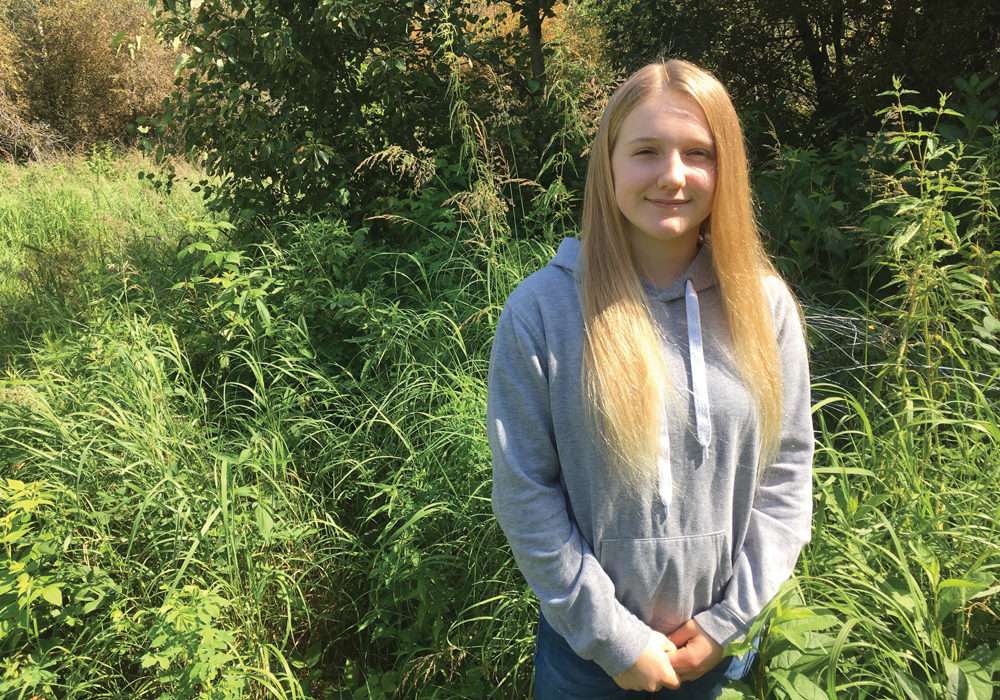- Location
- Derbyshire
Been happening since the 1980's in the dairy sector, sadly the Holstein influence pretty much affected all dairy populations throughout the world. Only now are the genetics starting to rein back and give us breeding stock that can convert grass into money.Yes I would think so. I read an article written by a vet a good few years ago now about ram breeders ruining certain sheep breeds by doing just that. But they were going as far as never turning them out of a shed and having adlib concentrate their entire lives. Then the commercial farmers that are buying those rams couldn't understand why they wouldn't work on their systems (they probably didn't know they were housed their whole lives or what they were fed on, I didn't know that happened till I started looking and asking round more) that would be the extreme but it's bound to filter down to the commercial sheep farm eventually if these types are what are used to breed rams that breed the rams. Embryo transfer is, or will be, the same. Pedigree sheep that never give birth themselves so no one knows how easy to lamb/calve they are. But they breed a lot of offspring and when the genetics filter down to commercial farmers or breeders that don't do ET then they get all kinds of problems birthing them. But that's a different argument to what we were on about I'm just rambling now
But we should be a lot more particular about who we buy our rams and bulls from. And make sure they are reared in a commercial setting.






















